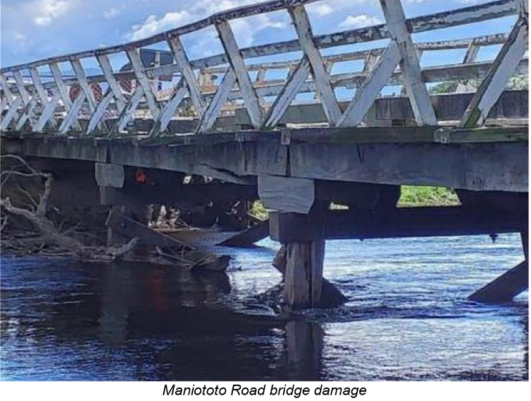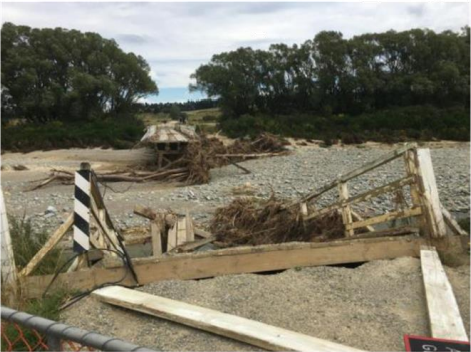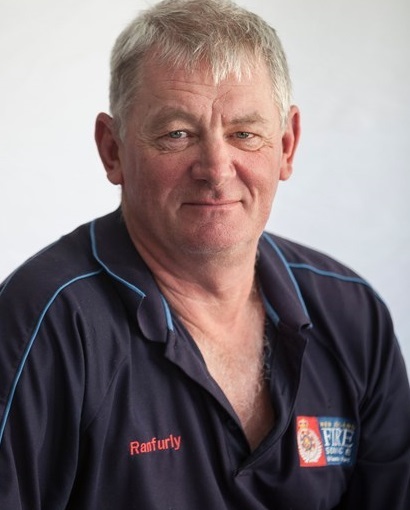Aging Bridges Prompt Central’s First Strategy
Jill Herron
17 October 2021, 5:00 PM

Most of us don’t give a thought to what’s holding us up when we rumble over bridges every day, as rivers slip silently by below.
Central Otago has 179 bridges on its council register, from non-descript modern concrete slabs to creaky wooden nonagenarians that are nearing the end of their days.
All require maintenance and monitoring by the Central Otago District Council on a tight budget – and $250,000 a year for structural repairs doesn’t go far.
Government provides funds via Waka Kotahi(NZTA) but when it comes to major works it’s a bridge too far to think that all that now need replacing will be replaced.
According to roading manager James McCallum, one new bridge can easily cost half a million dollars – considerably more expensive than a box culvert or wash-over ford. He has been tasked with sorting out Central’s aging network in way that best serves everyone’s needs and safety, but is also realistic financially.
A major new project is underway to closely inspect all Central’s bridges - over a third of them are in the Maniototo - and assess the needs of the community, to form a strategy for where and how funds are spent.

The region’s first ever bridge network strategy will not be completed for nearly two years but council say normal inspection and maintenance is continuing in the meantime.
Trucking companies that serve the Maniototo likely already curse its endless gravel roads that are not kind to tyres.
Increasingly now there are time consuming detours that can involve wet and slippery routes they would rather avoid. With bridges around that the locals joke are only being held up by the railway irons running across the top, the council’s project will be welcomed.
Mr McCallum confirmed that Maniototo residents won’t have to wait until 2023 for some action on the most recent bridge issues, caused by the January floods.
The 1930-built Scott Lane Bridge lost a large chunk in the floods and the Maniototo Road and Linnburn Runs Road bridges were closed. All three were already heavily weight restricted prior to the flood, due to their age and condition, the event highlighting the bigger picture of an aging network across the region.

What remains of the Scott Lane bridge following floods earlier this year
Affected farmers and residents have been expressing nine months of frustration over the latest damage, to their local government representatives on the Maniototo Community Board.
Board chairman Robert Hazlett last week also gave an example of a bridge that had been restricted to light traffic for two or three years with no action taken.

Board chairman Robert Hazlett
At the board’s monthly meeting last week he passed on resident’s concerns to Mr McCallum.
“It’s not an easy solution no matter what you do but ratepayers just want some answers about when it[repair work] is going to happen,” Mr Hazlett said.
Mr McCallum, who took on the role 12 months ago, said more roading staff had been needed at council and finding people difficult. Worse still the small pool of structural engineers normal available in the South Island to carry out the necessary principal inspections, had been under pressure.
Inspections of the damaged bridges scheduled for July and September were hampered by access being difficult due to high water levels in the Taieri River.
There was also flood-related work effecting “lifeline” bridges in Canterbury and Malborough which took priority for the engineers… not to mention a pandemic.
“There was a pre-existing industry shortage of engineers across the country before the Covid pandemic. Covid has however caused further time delay as a result of the Covid lockdown restriction levels. Further lockdowns would obviously lead to further time delay on inspection, repairs or replacement,” he said.
Engineering consultants Beca were currently working on the Maniototo situation and would soon present options for the best “cost-effective alternative structure” for the Scott Lane site. Rebuilding the existing bridge is not being considered, according to a council report. The council would assess these and options for the other two sites.
Meanwhile, over the coming months drivers shouldn’t worry if they spot someone drilling a hole in a bridge or poking about below in a boat.
Across the whole district, bridges of all sizes and ages will be coming under close scrutiny by engineers, with the draft strategy expected to be completed by council by mid next year.
The public will get their say in early 2023 – or possibly late 2022 - and final approval is due mid-2023.


